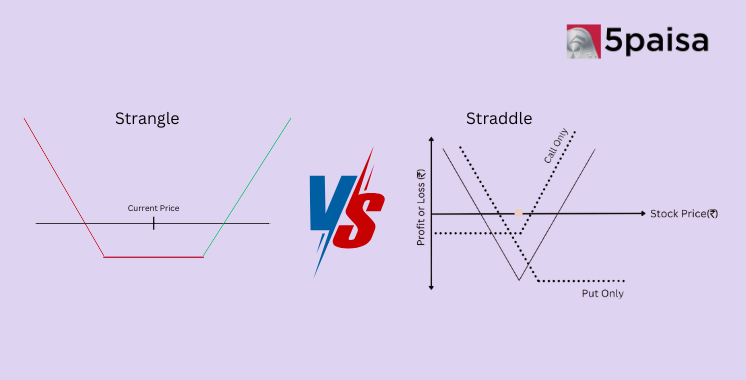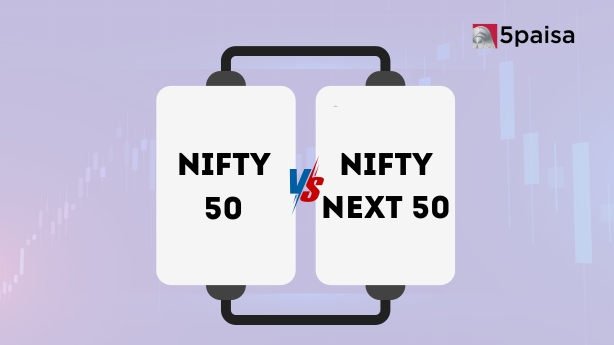After shocks, here's a silver lining for microfinance stocks

The microfinance industry has been witnessing a slow recovery after facing pressure in the last two years because of the Covid-19 pandemic and was recently hit due to the impact of floods in some states. Half of the top non-banking financial companies-microfinance institutions (NBFC-MFIs) have over a fourth of their portfolio in the worst-affected states.
But there is a silver lining.
Enhanced flexibility to set lending rates will be one of the drivers supporting a revival in the profitability of NBFC-MFIs this fiscal year, according to credit rating and research firm CRISIL. This emanates from the Reserve Bank of India’s (RBI) removal of the interest margin cap on the lending rate under its new regulatory framework for microfinanciers.
The other factors that will support the improvement in profitability include a reduction in credit cost and an increase in permissible household income limit according to the new framework. These, in turn, will help enlarge the market in terms of target borrowers and geographies, especially in hinterland.
Additionally, the current rising interest rate environment is not expected to impair the profitability of NBFC-MFIs as higher borrowing costs would be offset by steeper lending rates, cushioning net interest margins.
A number of NBFC-MFIs have increased their lending rates by 150-250 basis points in recent months. This provides reasonable headroom to absorb higher borrowing costs. Lenders can also dip into their contingency provision buffer created over the past two fiscals to manage asset-quality challenges in specific states due to floods.
Over the past two fiscal years, the annual credit cost of NBFC-MFIs had shot up to around 4-5% because of pandemic-related provisioning, versus around 1.5-2% prior to that. With asset-quality pressures gradually easing and sizable provision buffers created, their credit cost is expected to decline to around 2.5-2.8% this fiscal.
In this context, the new RBI framework augurs well for the next phase of growth for NBFC-MFIs. The higher income eligibility threshold and enhanced flexibility to price loans will spur deeper penetration into existing markets and entry into new geographies. That, together with rising demand for loans in rural India should drive NBFC-MFIs’ credit growth, which is expected at 25-30% this year, according to CRISIL.
- Flat ₹20 Brokerage
- Next-gen Trading
- Advance Charting
- Actionable Ideas
Trending on 5paisa
Indian Stock Market Related Articles
Disclaimer: Investment in securities market are subject to market risks, read all the related documents carefully before investing. For detailed disclaimer please Click here.
 Tanushree Jaiswal
Tanushree Jaiswal
 5paisa Research Team
5paisa Research Team
 5paisa Research Team
5paisa Research Team




